
When building a gaming PC, your peripherals are a really important part. While for most reasons you could just buy a good gaming keyboard and mouse, plug those in and forget about them, that’s not how you ace the unforgiving world of gaming. Today, gaming keyboard and mice, especially if they’re on the higher end of the price spectrum, come capable of a number of features that can put your gameplay a notch above the rest. In such a situation, it is up to you to know how to make the most out of the features of your gaming peripherals. One of those features is macros or macro keys.
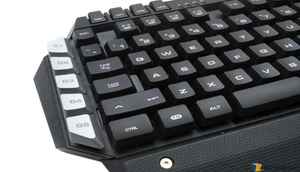
Quite a few gaming keyboards come with dedicated macro keys, both for PCs and the included keyboards on gaming laptops. While a macro key can be used for multiple productivity reasons, in most cases they’re used as shortcuts for a combination of keystrokes. Macro buttons on your mice perform the same task.
Quite a few gaming keyboards and mice come with a dedicated software suite that lets you, among other things, configure what the macro keys can do. While the exact steps vary based on the particular brand, generally you need to record a combination of keystrokes along with the delays between them, assign them to a macro key and you’re good to go.
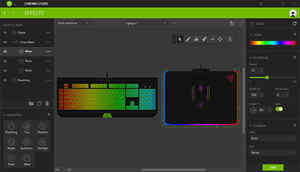
Some gaming peripheral software is able to detect the application you’re running. For instance, Razer Synapse allows you to set profiles for particular games - and each profile allows you up to eight keymaps. In such configurations, the selected macros function only when a particular game is the active window and switches to the default or other configuration depending on the user switching to desktop or a different application.
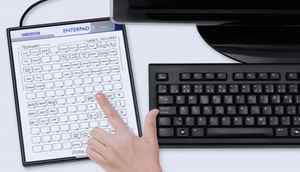
Even if your peripheral does not come with a dedicated software suite, all hope is not lost. On Windows, there’s a way to assign macros on any keys. There are third-party macro recorders that you can use, and even take it up a notch with AutoHotKey, a scripting language based macro tool.
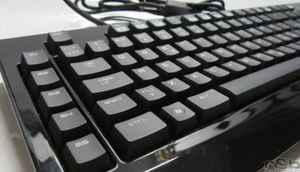
There are specific benefits and drawbacks of using macros exclusively on your keyboard and on your mouse. On the keyboard, for instance, most macro binding software will let you assign a combination of keystrokes, with or without delays between them, onto a particular key. Additionally, some of them also allow you to bind mice functionality onto keyboard keys, which could let you do away with your mouse altogether. Doing this, however, often comes at the cost of precision.
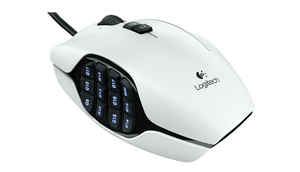
Gaming mice come with a host of additional buttons that can be programmed. Regardless of whether you’re using first-party software or a third party tool, the mouse has its own advantages for macros. For instance, the scroll wheel, a particularly omnipresent mouse feature, offers a level of granular control that keyboards don’t usually pack. This lets you configure macros in a way that keyboards don’t generally allow.
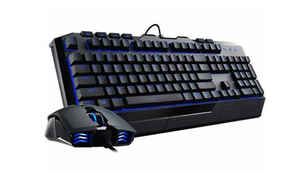
A lot of people prefer keyboard macros over mouse macros due to the fact that the mouse is also mostly moved around. Tracking the mouse pointer position while using the macro with the same hand is not something everyone is eager to do. On the other hand, keyboard macros have their own limitations for timing and execution, requiring you to move your entire hand around the keyboard depending on your binding. Picking the right macros for the right peripheral is a crucial aspect of using macros effectively.
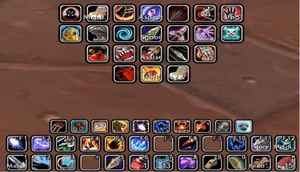
While individually keyboard and mouse macros have their own advantages and disadvantages, the best way to make the most out of them is to use them together. Since, if you intend to start using macros in your gameplay, it will take more than a run and gun approach. Most actions you can perform in a game are bound to direct keys, and choosing a macro involves analysing your gameplay to identify a combination (or a few) of actions that you perform repetitively. There are obvious macros that help certain game styles as well. For instance, in an MMO, you could map all your abilities to a single macro key with a 0.05-second delay between them, or you could map a macro to attack and collect loot at the same time.
(Source for image: Etaew’s blog)
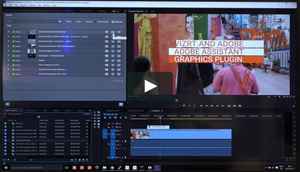
While we have been discussing macros for gaming, using the right macros for non-gaming purposes can also make your work much more productive. For instance, using a complicated video editing software like Premiere Pro on a regular basis will get you to perform some actions like setting audio levels, colour correction which is often bound to keyboard shortcuts. These keyboard shortcuts, which are usually a combination of certain keys, can be bound as a macro and assigned to a particular keystroke or button press to increase productivity.
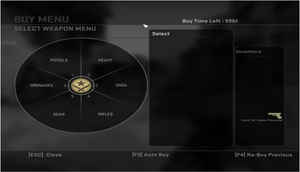
While individually keyboard and mouse macros have their own advantages and disadvantages, the best way to make the most out of them is to use them together. Since, if you intend to start using macros in your gameplay, it will take more than a run and gun approach. Most actions you can perform in a game are bound to direct keys, and choosing a macro involves analysing your gameplay to identify a combination (or a few) of actions that you perform repetitively. There are obvious macros that help certain game styles as well. For instance, in an MMO, you could map all your abilities to a single macro key with a 0.05-second delay between them, or you could map a macro to attack and collect loot at the same time.
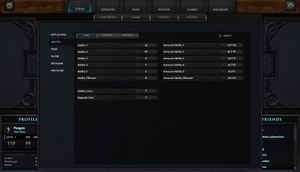
Another popular game for macros is DotA 2. You could check out useful ones highlighted here. For example, Items with self-cast target must use Alt, for example, the Mjollnir on the c key gives: {alt down}c{alt up} and can be bound to a macro. And if you want to take your macro game to the next level with some proper dedicated hardware, check out this list for some crazy gaming accessories you can buy here.